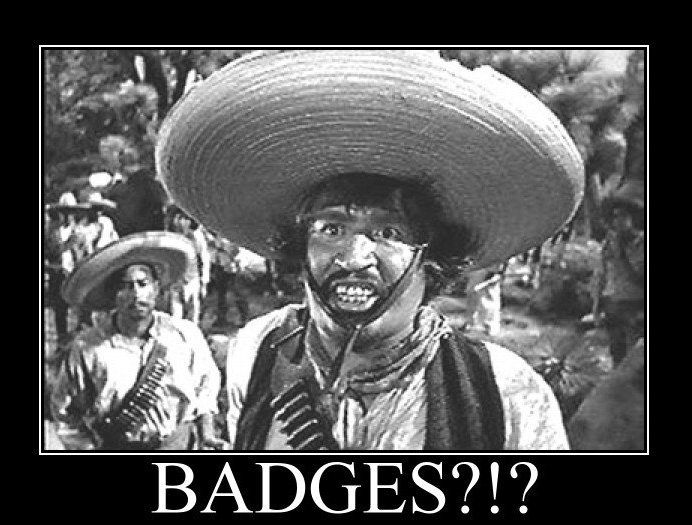
Being a student fresh out of college in this day and age is more challenging than ever. I worked summers and during Christmas break during college because I needed the money as I’m sure all students do. And I coveted my study and free time during the semesters and never did an internship.
Although most are unpaid, an internship is one of the best ways to meet, work and network with movers and shakers in your field of study…not to mention giving hiring managers a taste of the great work you do and your reliability, creativity, and work ethic. Side note, at least here in Nashville, I know frequently that there are actually more companies wanting interns than there are students wanting to intern! Go supply and demand!
Students should do an internship at one of their top target companies if they can afford the opportunity cost. If you need to work a paying job during college, try doing the internship the summer before your final year. Or better, consider interning during your last semester. Make sure to contact the companies you’re considering in late summer to check if a Spring-only internship is an option, since some may only offer a Fall+Spring option. This way you won’t be blindsided and miss the boat on a great opportunity.
You’ll get firsthand real world knowledge at a company ideally in the department in which you’ll be working once you graduate. This could help you have an advantage over those applicants unknown to the company and earn you a full time job after graduation. Even if you are not hired on after, a reference from your manager as well as opportunities to network during the internship can be valuable tools in efforts toward a solid first job. You could meet someone at another company that may end up hiring you down the road. At worst, you will be able to start building your network.
You seasoned folks, what other advice do you have for forward-thinking college students on preparing for a career? Please comment.
[contact-form][contact-field label=’Name’ type=’name’ required=’1’/][contact-field label=’Email’ type=’email’ required=’1’/][contact-field label=’Website’ type=’url’/][contact-field label=’Comment’ type=’textarea’ required=’1’/][/contact-form]

